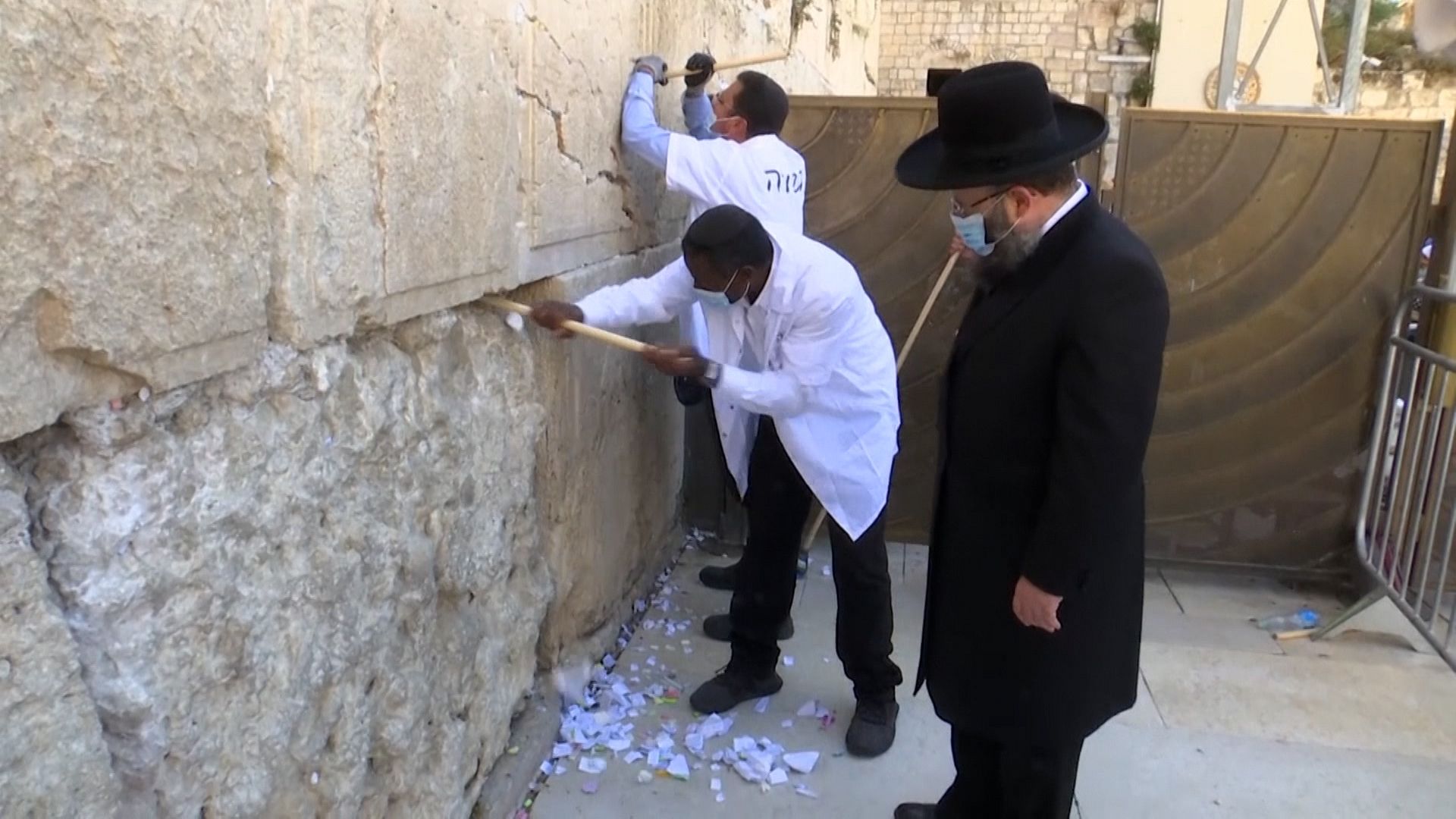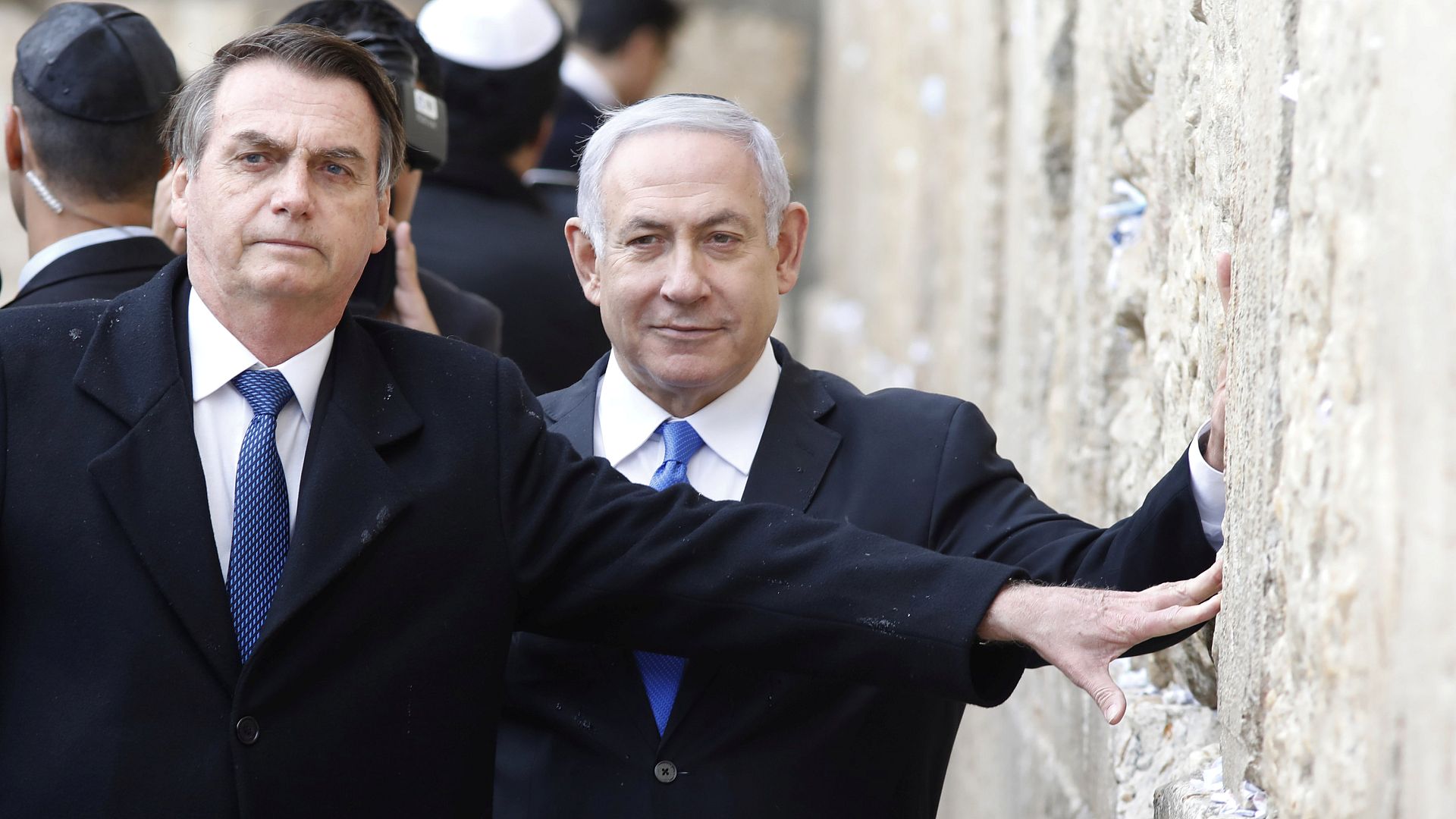The Heartfelt Legacy Of "Deyvar Nodbeh": A Journey Through Grief And Resilience
Hey there, friend. Let me tell you something about Deyvar Nodbeh, a term that carries so much weight in the Persian culture. It’s not just a phrase; it’s an emotion, a bond, a shared experience that transcends time and space. You might be wondering, what exactly is Deyvar Nodbeh? Well, buckle up because we’re diving deep into its meaning, history, and how it continues to shape lives today. This isn’t just an article—it’s a conversation, a story, and maybe even a little therapy session for your soul.
Let’s break it down. Deyvar Nodbeh, or "the wall of grief," is this incredible concept that speaks to the universal experience of mourning. It’s like when you lose someone close to you, and it feels like the world has built this massive, invisible wall around your heart. You’re not alone in feeling that way, though. This phrase has been used for centuries to describe the collective pain we all go through when we say goodbye to loved ones. And trust me, there’s beauty in understanding it.
Why does this matter? Because grief isn’t something you can avoid, but how you handle it makes all the difference. By exploring Deyvar Nodbeh, we’re not just learning about a cultural tradition; we’re discovering ways to heal, connect, and grow stronger together. So grab a cup of tea, get comfy, and let’s dive into this powerful journey.
- Mastering Budget Stoffen The Ultimate Guide To Stretching Your Fabric Dollar
- Mens Skirt The Ultimate Guide To Embracing Style Without Limits
What is Deyvar Nodbeh? Understanding the Concept
Alright, let’s start with the basics. Deyvar Nodbeh, or “the wall of grief,” is a metaphor that perfectly captures the emotional barrier that rises within us during times of loss. Imagine a sturdy wall made of bricks, each one representing a memory, a moment, or a feeling tied to the person you’ve lost. That wall becomes both a shield and a prison, protecting you from the world while keeping you trapped in your sorrow.
Now, here’s the thing: Deyvar Nodbeh isn’t just about individual grief. It’s also about community. In many Persian traditions, mourning isn’t something you do alone. It’s a shared experience where family, friends, and even strangers come together to support one another. This collective approach to grief is what makes Deyvar Nodbeh such a powerful concept—it reminds us that we’re never truly alone in our struggles.
Historical Roots of Deyvar Nodbeh
Let’s take a quick trip back in time. The origins of Deyvar Nodbeh date back centuries, deeply rooted in Persian poetry and literature. Poets like Ferdowsi and Hafez often referenced the idea of a “wall” as a symbol of separation between life and death. These literary works weren’t just art; they were tools for processing grief and finding meaning in loss.
- Cosmo Chemnitz The Ultimate Guide To Discovering A Citys Hidden Gem
- Brand Werdau Heute The Rise Of A Modern Icon In Todays Market
For example, Ferdowsi’s epic poem, the Shahnameh, explores themes of mortality and remembrance. Through his verses, he reminds us that while walls may separate us from those we love, they also remind us of the love and connection that remains. It’s heavy stuff, but it’s beautiful too.
How Deyvar Nodbeh Shapes Cultural Identity
Culture plays a huge role in how we understand and express grief. For many Persians, Deyvar Nodbeh is more than just a phrase—it’s a way of life. It influences everything from religious practices to everyday interactions. Think about it: when someone loses a loved one, it’s common for the community to gather, share meals, and offer comfort. These rituals help break down the walls of grief and create a sense of unity.
But it’s not just about tradition. Modern Persians are finding new ways to embrace Deyvar Nodbeh in their daily lives. From art installations to online support groups, people are using creative outlets to process their emotions and connect with others who understand what they’re going through.
Key Rituals and Practices
Here’s a quick rundown of some key rituals associated with Deyvar Nodbeh:
- Soor-e Ziarat: A mourning ceremony where people gather to pay respects to the deceased.
- Ta’zieh Performances: Dramatic reenactments of historical events that highlight themes of sacrifice and loss.
- Sharing Halva: A sweet dish often served during mourning periods as a symbol of hope and renewal.
These practices might seem simple, but they carry immense significance. They remind us that even in our darkest moments, there’s still room for hope and connection.
Psychological Impact of Deyvar Nodbeh
Now, let’s talk science. Research shows that rituals and shared experiences like those associated with Deyvar Nodbeh can have a profound impact on mental health. When we mourn together, we release oxytocin, the “love hormone,” which helps reduce stress and increase feelings of well-being.
According to a study published in the Journal of Loss and Trauma, communal grieving practices can lead to increased resilience and better coping mechanisms. So, yeah, Deyvar Nodbeh isn’t just a cultural thing—it’s a psychological powerhouse too.
Breaking Down the Wall: Healing Through Connection
So how do we actually break down that wall of grief? It’s not easy, but it’s possible. Here are a few strategies inspired by Deyvar Nodbeh:
- Talk about your feelings with trusted friends or family members.
- Engage in creative activities like writing, painting, or music to express your emotions.
- Join support groups or online communities to connect with others who are going through similar experiences.
Remember, healing is a process, and it’s okay to take your time. The important thing is to keep moving forward, even if it’s just one step at a time.
Modern Interpretations of Deyvar Nodbeh
Fast forward to today, and you’ll see Deyvar Nodbeh taking on new forms. Social media platforms like Instagram and Twitter have become spaces for people to share their stories of loss and healing. Hashtags like #DeyvarNodbeh and #GriefSupport connect users from all over the world, creating a global community of support.
Artists and musicians are also finding inspiration in this concept. Songs, films, and paintings inspired by Deyvar Nodbeh are helping people process their emotions in meaningful ways. It’s a beautiful example of how ancient traditions can adapt to modern times without losing their essence.
Examples in Popular Culture
Check out these examples of Deyvar Nodbeh in pop culture:
- “The Wall” by Pink Floyd: While not explicitly about Deyvar Nodbeh, this album explores themes of isolation and healing that resonate deeply with the concept.
- Iranian Film “A Separation”: This critically acclaimed movie delves into the complexities of family dynamics and loss, echoing the principles of Deyvar Nodbeh.
These works remind us that grief is universal, and art has the power to bridge cultural divides.
The Role of Community in Overcoming Grief
One of the most powerful aspects of Deyvar Nodbeh is its emphasis on community. In a world that often encourages us to deal with our problems alone, this concept reminds us of the importance of reaching out and asking for help. Whether it’s through formal support groups or informal gatherings with friends, having a strong support system can make all the difference.
Research from the American Psychological Association supports this idea, showing that social connections can significantly improve mental health outcomes. So, next time you’re feeling overwhelmed, don’t hesitate to lean on the people around you. They might just become your personal Deyvar Nodbeh breakers.
Building Your Own Support Network
Here are some tips for building your own Deyvar Nodbeh support network:
- Identify trusted friends or family members who you can confide in.
- Join local or online groups focused on grief and healing.
- Volunteer or participate in community events to expand your circle of connections.
Remember, you don’t have to go through this alone. There are people who care about you and want to help.
Lessons from Deyvar Nodbeh for Global Audiences
While Deyvar Nodbeh originated in Persian culture, its lessons are universal. In a world that’s increasingly divided, this concept teaches us the importance of empathy, connection, and resilience. By embracing these values, we can create a more compassionate and understanding society.
Think about it: what if we all approached grief with the same openness and support that Deyvar Nodbeh encourages? Imagine the positive impact that could have on mental health and well-being worldwide. It’s a powerful idea worth exploring.
Applying Deyvar Nodbeh Principles in Everyday Life
Here’s how you can apply Deyvar Nodbeh principles in your daily life:
- Practice active listening when someone shares their struggles with you.
- Offer practical help, like running errands or cooking meals, to lighten the load for those in mourning.
- Encourage open conversations about death and grief to reduce stigma and promote healing.
Small actions can lead to big changes. Start by being there for the people around you, and watch how it transforms not only their lives but yours as well.
Conclusion: Embracing the Wall of Grief
And there you have it, folks. Deyvar Nodbeh isn’t just a phrase; it’s a philosophy, a practice, and a way of life. By understanding its meaning and embracing its principles, we can learn to navigate the complexities of grief with grace and resilience.
So, what’s next? I encourage you to take action. Whether it’s reaching out to someone you know is struggling or starting a conversation about grief in your own community, every step counts. And don’t forget to share this article with others who might benefit from it. Together, we can build a world where no one has to face their Deyvar Nodbeh alone.
Table of Contents
- What is Deyvar Nodbeh? Understanding the Concept
- Historical Roots of Deyvar Nodbeh
- How Deyvar Nodbeh Shapes Cultural Identity
- Psychological Impact of Deyvar Nodbeh
- Modern Interpretations of Deyvar Nodbeh
- The Role of Community in Overcoming Grief
- Lessons from Deyvar Nodbeh for Global Audiences
Thanks for joining me on this journey. Remember, the wall of grief may seem impenetrable at times, but with the right support and mindset, we can break it down together. Stay strong, stay connected, and keep shining your light.



Detail Author:
- Name : Kylie Maggio
- Username : obergstrom
- Email : lexus86@metz.com
- Birthdate : 1978-12-15
- Address : 2439 Dickinson Shoal Suite 452 Metzbury, OR 68879
- Phone : +1 (325) 469-0894
- Company : Fritsch Inc
- Job : Adjustment Clerk
- Bio : Inventore consequatur assumenda quisquam aliquam. Possimus nostrum sint ut sapiente blanditiis. Molestias a enim ut non et. At omnis rerum nostrum odit sequi.
Socials
linkedin:
- url : https://linkedin.com/in/hrath
- username : hrath
- bio : Dolor delectus fugiat aut minima aperiam ipsam.
- followers : 2547
- following : 2964
facebook:
- url : https://facebook.com/herminio_rath
- username : herminio_rath
- bio : Eum saepe dolorem placeat non.
- followers : 881
- following : 2674
twitter:
- url : https://twitter.com/herminio_rath
- username : herminio_rath
- bio : Est dolorem accusantium autem provident. Possimus nihil aut sed molestias dolor. Facere soluta at accusantium et.
- followers : 5811
- following : 485